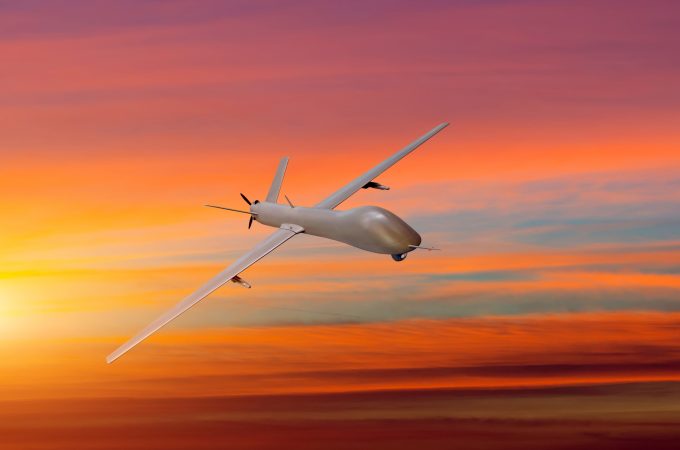EFW defends work on A321Fs after 'middle-age' cracks appear
Freighter conversion company EFW has defended its work after multiple cracks found in similar locations ...

Drones may be hauling cargo in the air much sooner than widely expected.
The worsening shortage of pilots and concerns about available freighter capacity down the road are adding a sense of urgency to the deployment of drones to fill the gaps.
The pilot shortage is the more serious concern for cargo carriers. A study published by Boeing last year found that more than 637,000 pilots would needed between 2017 and 2037.
And even large passenger airlines are feeling the pinch. Emirates revealed in early May it would ground at least six A380s and 14 B777s for two months.
Besides a seasonal drop in demand, lack of pilots was the main reason – by one estimate, the airline is 100-150 pilots short of the number needed to operate at full capacity.
Regional freighter operators have been particularly hard hit by the pilot shortage, and their plight in the US has been aggravated by the change in the minimum flight hours requirement from 250 hours to 1,500, according to Stan Berstein, president of the Regional Air Cargo Carriers Association (RACCA).
He says the lack of available flight crews and the inability of flight schools to turn out qualified pilots in sufficiently high numbers is going to accelerate the push for drones to carry freight.
Ram Memen, former head of Emirates SkyCargo, agrees. He sees particular difficulties in the large freighter segment, arguing that the pool of viable conversion candidates is shrinking.
“All airplanes designed and built post-1990s have been optimised for weight. Hence, cost of conversion is going to be high, and with fuel prices generally remaining high, they will become unviable, especially when cargo yields are under pressure,” he said.
This would turn production freighters into the mainstay of the large widebody freighter pool over time, but their price tag puts them out of reach of some players. Hence, the call for drones is going to increase, Mr Menen added.
“Fully autonomous large drones will be the mainstay, alongside airships more in regional roles,” he predicted.
Interest in drones from the passenger business is another likely catalyst for their use in airfreight. Cargo is the initial arena of deployment for drones in aviation, Mr Bernstein said.
“The first commercial flight of an unmanned aircraft is not going to be a United Airlines service from Chicago to Los Angeles; it will more likely be Albuquerque to Santa Fe and a cargo flight,” he added.
Tim Komberec, president of regional carrier Empire Airlines, noted that companies were beginning to build bigger drones.
“I truly believe this is picking up steam,” he said.
Recent signals from the US authorities have been encouraging too, according to Steve Edgar, founder of Empire Unmanned, a subsidiary of Empire Airlines that provides unmanned aerial systems and vehicles that are certified by the Federal Aviation Administration.
Speaking at RACCA’s spring conference in April, Mr Edgar, who is on the Unmanned Aircraft Systems Aviation Rulemaking Advisory Committee, reported that there was broad agreement in the committee that drones could operate under current aviation safety rules for manned aircraft, which would eliminate the need for drafting new rules.
Already drones are operating on a routine basis in Class A airspace, without incident, he added.
He anticipates the integration of drones will unfold in three stages. The first will involve moving caravan-sized loads to remote locations, the second will usher in intercontinental haulage. Door-to-door operation, the third step, will be the most challenging, he reckons.
In May the US Department of Transportation selected ten local, state and tribal governments to test commercial drones in partnerships with private companies.
Already drones are carrying small loads to remote locations in some jurisdictions. In China, JD.com and SF Express were given the green light by the civil aviation authority last autumn to send packages by drone in certain remote areas.
In Canada, the Moose Cree First Nation agreed in late October last year for Drone Delivery Canada to conduct trials moving food, medicine and other supplies to a remote community.
However, the road to the commercial adoption of drones for the carriage of cargo is still a long one, Mr Komberec cautioned.
“It will require some substantial players and investors,” he said.
Comment on this article
Paul McGee
July 06, 2018 at 1:12 amThis article is a big nothing burger! Headline is quite misleading. A few drones to a few small remote places will have no impact on the pilot market!